Unlocking a passion for darts early can provide a lifetime of enjoyment and skill development. This article serves as a comprehensive guide to darts u13, covering everything from getting started to developing advanced techniques, equipment choices, and fostering a positive competitive environment. You’ll learn about the proper setup, essential techniques, age-appropriate training methods, and ways to encourage young dart players.
⚠️ Still Using Pen & Paper (or a Chalkboard)?! ⚠️
Step into the future! The Dart Counter App handles all the scoring, suggests checkouts, and tracks your stats automatically. It's easier than you think!
Try the Smart Dart Counter App FREE!Ready for an upgrade? Click above!
Getting Started with Darts U13
Introducing a child to darts u13 requires a thoughtful approach. It’s not just about throwing sharp objects; it’s about teaching focus, coordination, and sportsmanship. Safety is paramount, but so is making it fun and engaging. We’ll explore the foundational aspects of starting your young one on their darts journey.
Safety First: Creating a Safe Darts Environment
Before even picking up a dart, establish clear safety rules. This includes:
- Designated throwing area: Ensure ample space around the dartboard, free from obstructions and foot traffic.
- Dartboard setup: Secure the dartboard firmly to the wall at the correct height for the player’s age, which we will discuss later.
- Dart etiquette: Teach children never to walk in front of someone throwing and to retrieve their darts only when it’s safe.
- Supervision: Always supervise young children, especially when they are first learning.
Implementing these safety measures from the start is crucial for preventing accidents and fostering a responsible attitude toward the game.
Choosing the Right Dartboard and Darts for U13 Players
Selecting appropriate equipment is key to a positive learning experience. A standard regulation dartboard is suitable, but lighter darts are generally recommended for younger players. Look for darts in the 16-20 gram range, with shorter barrels and durable flights. This allows for easier control and reduces the risk of muscle strain. Explore options that offer good grip and balance, but allow the child to try them out to find what feels most comfortable. A dartboard cake topper could even celebrate their progress!
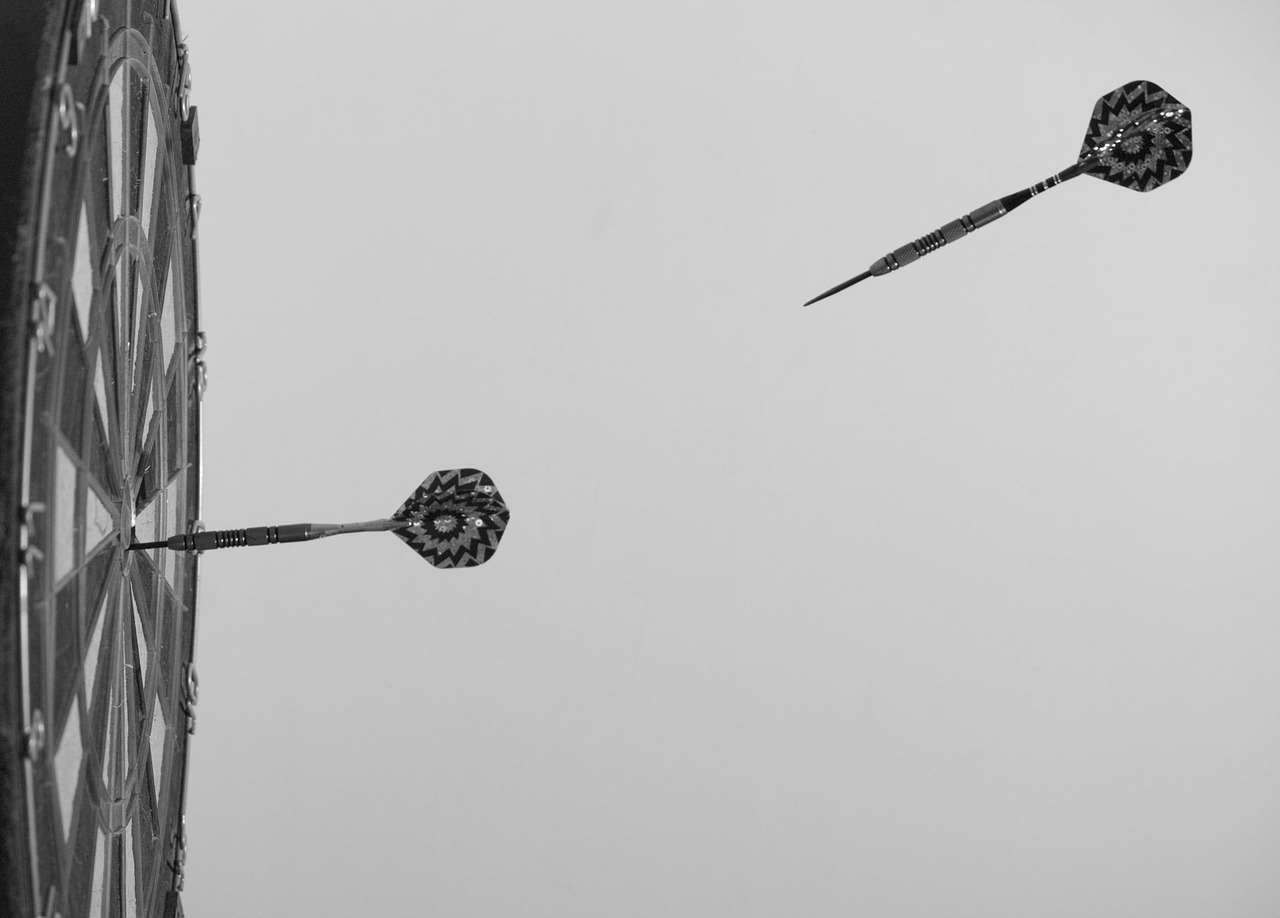
Essential Techniques for Darts U13 Development
Once the basics are covered, it’s time to focus on developing fundamental throwing techniques. Consistent practice and proper guidance are essential for building a solid foundation. This section dives into the key elements of a successful dart throw.
The Stance: Finding Your Balance and Comfort
A stable stance is the cornerstone of accurate dart throwing. Encourage your child to experiment with different stances to find what feels most natural and balanced. The most common stances are:
- Square stance: Facing the dartboard directly.
- Side stance: Standing perpendicular to the dartboard.
- Angled stance: A hybrid of the two, with one foot slightly forward.
Regardless of the chosen stance, emphasize the importance of maintaining a consistent foot position and weight distribution throughout the throw. This will aid in minimizing sway and promoting a more stable release.
The Grip: Achieving Control and Consistency
The grip is another crucial element. There is no single “correct” grip, as it’s largely a matter of personal preference. However, encourage your child to experiment with different grip positions to find one that offers good control and consistency. Some common grip styles include:
- Two-finger grip: Holding the dart with the thumb and index finger.
- Three-finger grip: Adding the middle finger for extra support.
- Pencil grip: Holding the dart like a pencil.
The key is to avoid gripping the dart too tightly, as this can lead to tension and inaccuracy. A relaxed, controlled grip will allow for a smoother release.
The Throw: Smooth Motion and Follow-Through
The throw is the culmination of all the previous steps. Emphasize a smooth, controlled motion, starting from the elbow and following through towards the target. Avoid jerky movements or excessive force, as these can disrupt accuracy. A consistent follow-through is essential for maintaining the trajectory of the dart. Encourage your child to practice throwing in a straight line, focusing on keeping their elbow stable and their wrist relaxed. Remember to also consider the junior darts oche distance height, ensuring it is adjusted appropriately for younger players.
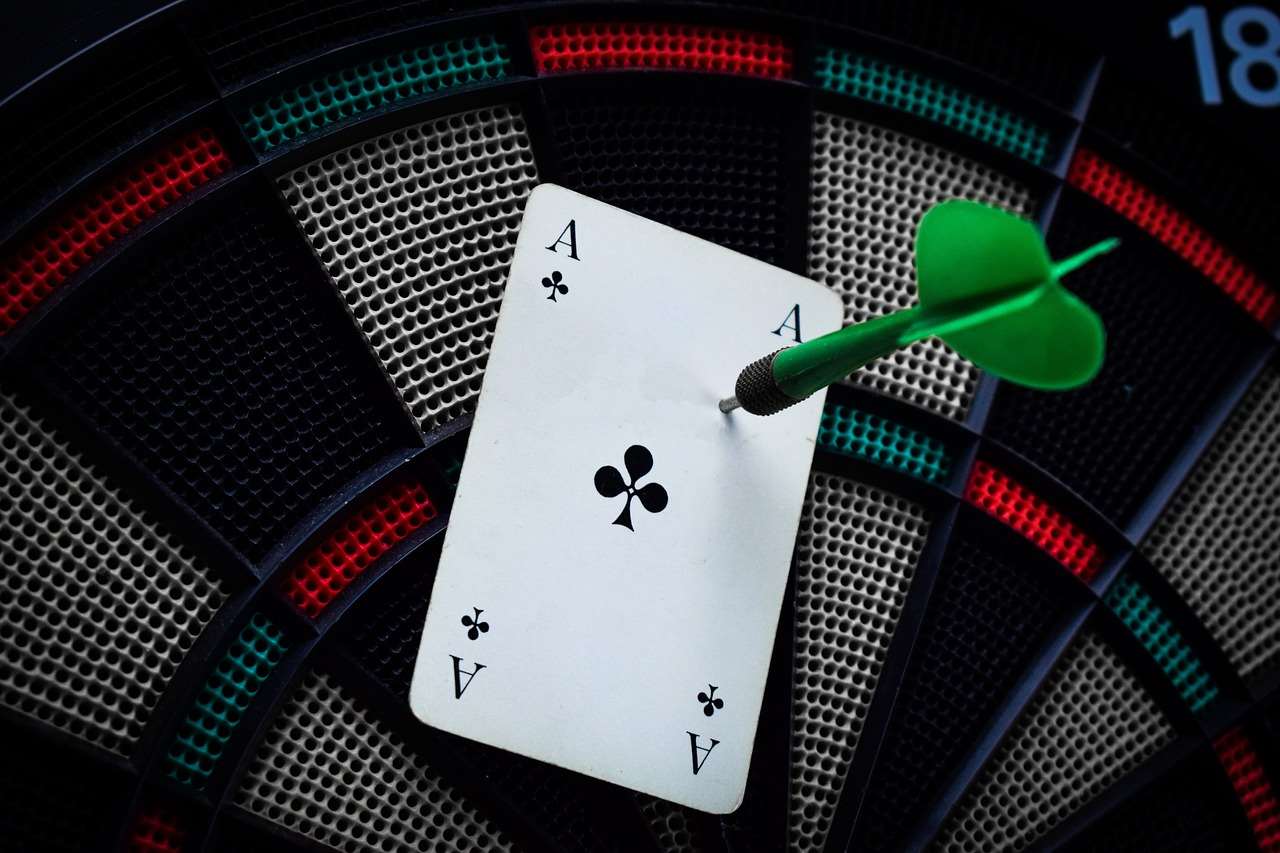
Age-Appropriate Training Methods for Darts U13
Training methods should be tailored to the specific age and skill level of the darts u13 player. Overly strenuous or complex training can be counterproductive and may even lead to discouragement. Focus on building a strong foundation of fundamental skills and gradually introducing more advanced techniques as the player progresses.
Fun and Engaging Drills
Keep training sessions fun and engaging to maintain motivation. Incorporate games and drills that focus on specific skills, such as:
- Around the Clock: Hitting each number on the dartboard in sequence.
- 20s Only: Practicing hitting the 20 segment.
- Doubles and Trebles: Focusing on hitting specific doubles and trebles.
These drills not only improve accuracy but also make practice more enjoyable. Consider using a Dart game scoring app to help track progress and add another layer of engagement.
Setting Realistic Goals
Setting realistic goals is crucial for maintaining motivation and preventing frustration. Start with small, achievable goals, such as improving the average score or consistently hitting a specific target. As the player progresses, gradually increase the difficulty of the goals. Celebrate successes along the way to reinforce positive behavior and build confidence. Ensure the goals are specifically tailored for darts u13 players, focusing on skill development rather than immediate competitive success.
The Importance of Rest and Recovery
Adequate rest and recovery are essential for preventing burnout and injuries. Encourage your child to take regular breaks during practice sessions and to avoid overtraining. Emphasize the importance of proper sleep and nutrition for optimal performance. Remember, darts, even for u13 players, requires mental and physical stamina. Let them know when does the darts world championship finish, so they understand the professional level also involves rest.
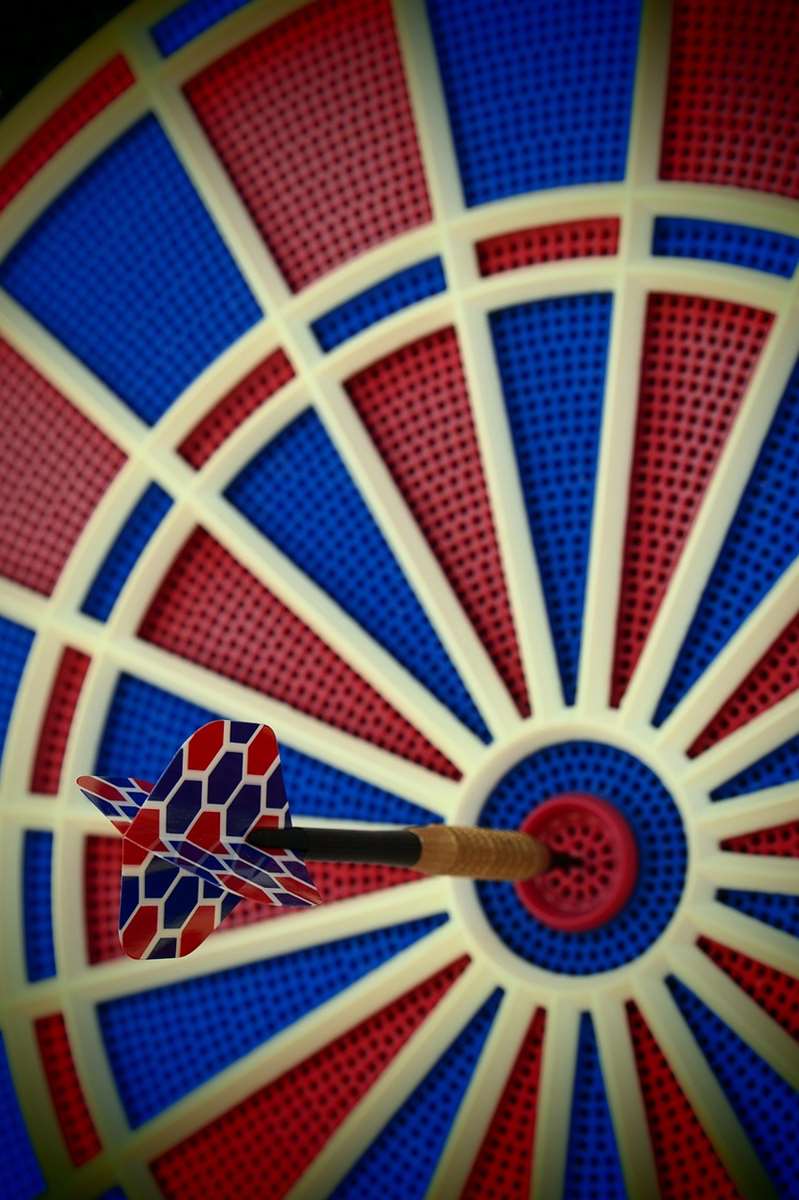
Choosing the Right Equipment for Darts U13 Competitions
As young dart players progress and begin to participate in competitions, selecting the right equipment becomes even more critical. While personal preference still plays a role, certain factors can significantly impact performance. Consider the following when choosing equipment for darts u13 competitions.
Dart Weight and Balance
As mentioned earlier, lighter darts (16-20 grams) are generally recommended for younger players. However, it’s essential to experiment with different weights and balances to find what feels most comfortable and controllable. Some players may prefer a front-weighted dart, while others may prefer a more balanced or rear-weighted dart. Try different barrel shapes and materials to further refine the feel. They might even explore options like aluminium shaft darts for durability.
Flights and Shafts
Flights and shafts play a significant role in the dart’s trajectory and stability. Different flight shapes and sizes can affect the dart’s lift and drag, while different shaft lengths can influence the dart’s angle of entry into the dartboard. Experiment with different combinations to find what works best for your child’s throwing style. Durable materials are also important, as flights and shafts can wear down quickly with frequent use.
Dartboard Maintenance
Maintaining the dartboard is also crucial for optimal performance. Regularly rotate the dartboard to distribute wear evenly. Keep the board clean and free of debris. Replace any damaged or worn-out segments. A well-maintained dartboard will provide a consistent playing surface and help prevent bounce-outs. Understanding darts volute points also helps with dartboard maintenance and understanding dart performance.
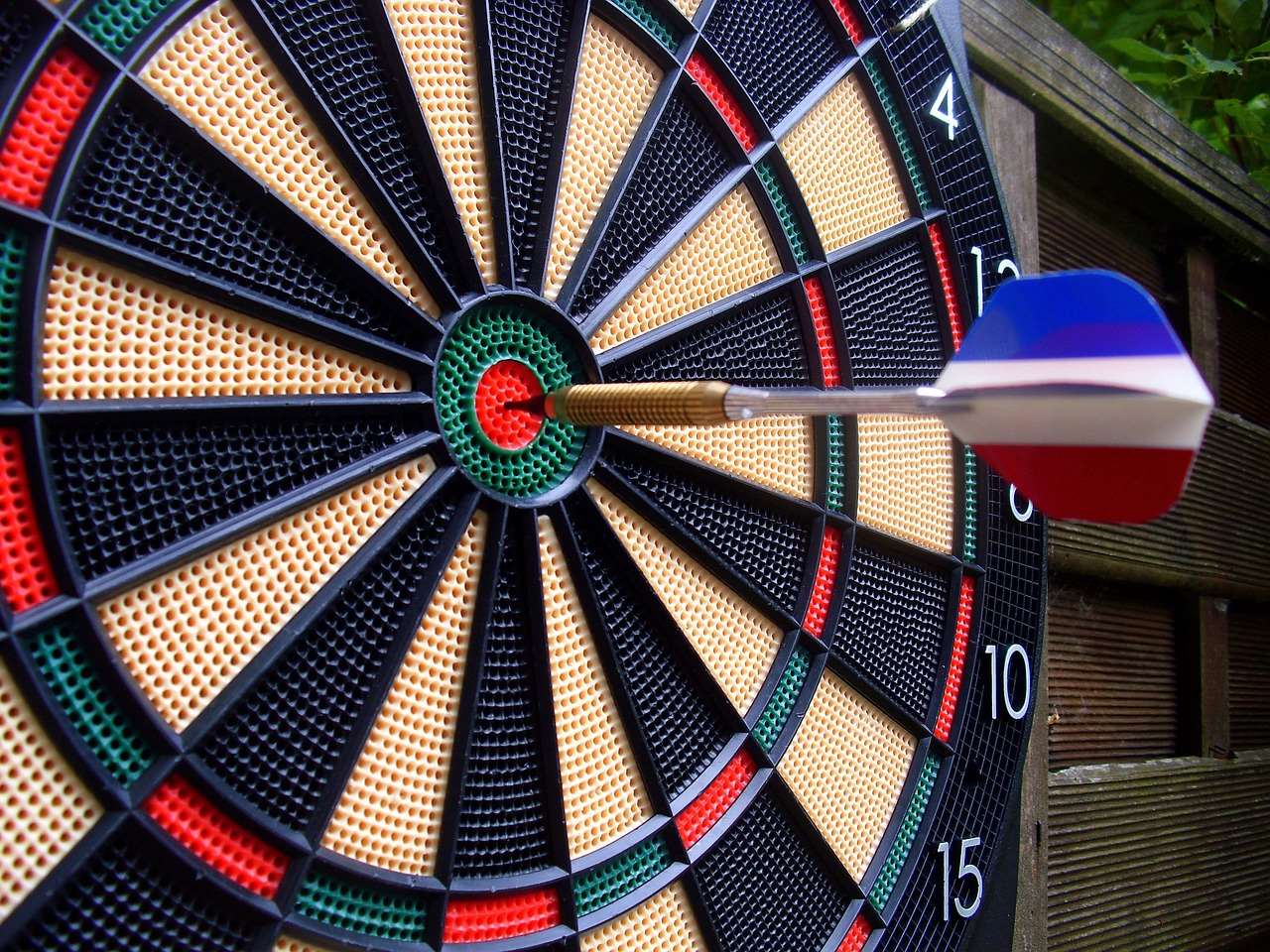
Creating a Positive and Supportive Environment for Darts U13
Beyond technique and equipment, creating a positive and supportive environment is paramount for fostering a love of the game and promoting healthy development. This involves not only providing encouragement and constructive feedback but also teaching valuable life skills such as sportsmanship, resilience, and self-discipline.
Focus on Effort and Improvement, Not Just Results
Emphasize the importance of effort and improvement over solely focusing on results. Celebrate small victories and acknowledge progress, even if it doesn’t immediately translate into higher scores or wins. Encourage a growth mindset, where mistakes are seen as opportunities for learning and improvement rather than failures. Avoid putting undue pressure on young players to perform, as this can lead to anxiety and discouragement. Think of it like learning dart convert double to string – start simple, build understanding.
Promoting Sportsmanship and Respect
Teach the importance of good sportsmanship and respect for opponents, teammates, and officials. Encourage players to congratulate their opponents, win or lose, and to accept defeats with grace and humility. Emphasize the value of fair play and following the rules. Foster a culture of respect and inclusivity, where all players feel valued and supported. The atmosphere around darts near liverpool street should also reflect this spirit!
Encouraging Teamwork and Collaboration
While darts is often viewed as an individual sport, teamwork and collaboration can still play a significant role, especially in team competitions. Encourage players to support each other, offer encouragement, and share knowledge and tips. Foster a sense of camaraderie and belonging. Consider organizing team practices and activities to promote teamwork and collaboration. Understand that even high-profile events like dart premier league benefit from strong team environments.
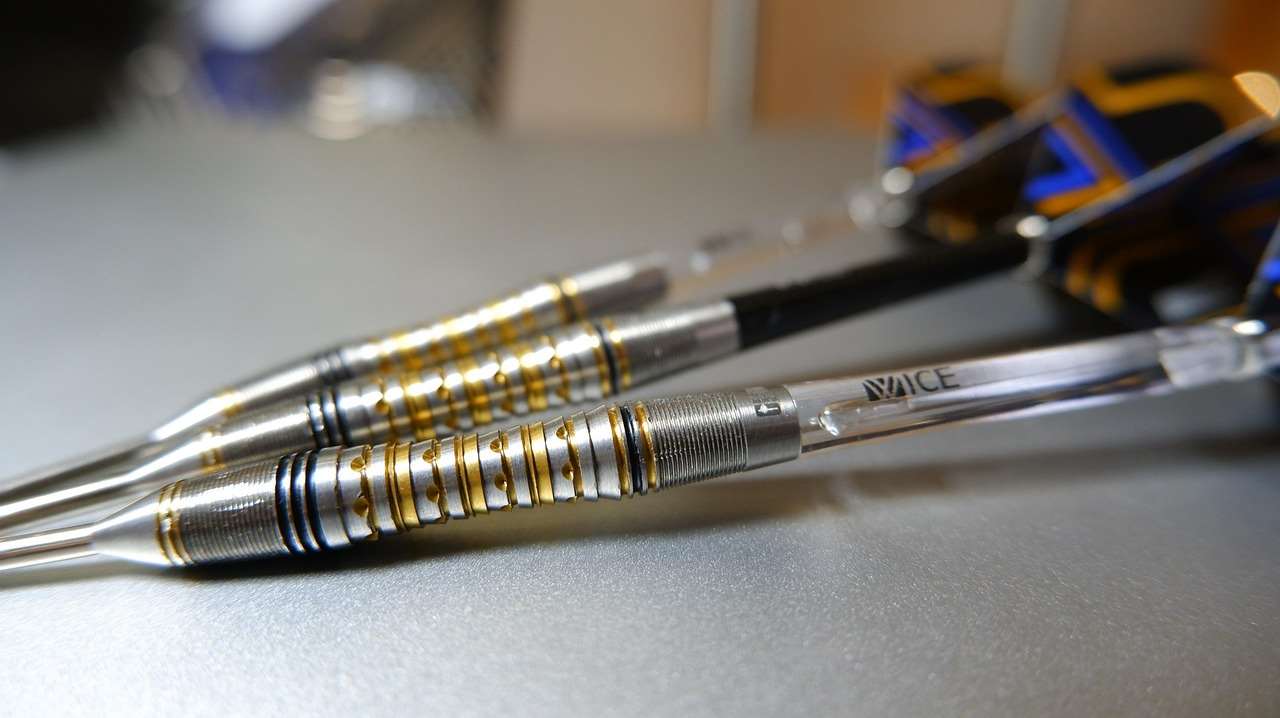
Conclusion: Nurturing a Lifelong Love for Darts U13
Introducing darts u13 is more than just teaching a game; it’s about fostering discipline, coordination, and sportsmanship. By focusing on safety, age-appropriate techniques, and a supportive environment, you can help young players develop a lifelong passion for the sport. Remember to prioritize fun, celebrate progress, and emphasize the importance of effort over results. Nurturing these young talents creates not only skilled dart players but also well-rounded individuals. So, grab some darts, set up the board, and embark on this exciting journey together. Let’s inspire the next generation of darts champions! Ready to take the next step? Explore local darts u13 leagues and organizations to provide your child with opportunities to compete and grow!
Hi, I’m Dieter, and I created Dartcounter (Dartcounterapp.com). My motivation wasn’t being a darts expert – quite the opposite! When I first started playing, I loved the game but found keeping accurate scores and tracking stats difficult and distracting.
I figured I couldn’t be the only one struggling with this. So, I decided to build a solution: an easy-to-use application that everyone, no matter their experience level, could use to manage scoring effortlessly.
My goal for Dartcounter was simple: let the app handle the numbers – the scoring, the averages, the stats, even checkout suggestions – so players could focus purely on their throw and enjoying the game. It began as a way to solve my own beginner’s problem, and I’m thrilled it has grown into a helpful tool for the wider darts community.